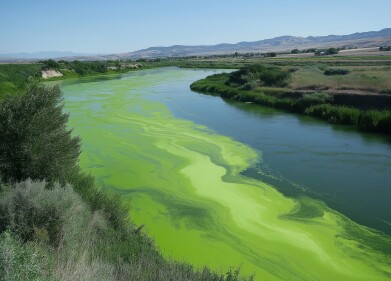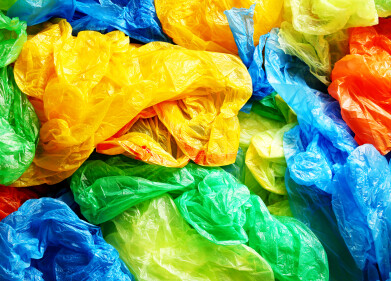Microplastics analysis
What would environmentally friendly plastics actually look like?
May 15 2024
As we near the creation of a global treaty on plastics pollution, the development of environmentally friendly alternatives has become a focal point for researchers and industry leaders. Environmentally friendly plastics, or eco-plastics, aim to reduce pollution, decrease reliance on fossil fuels, and promote sustainability. Here’s a look at what these plastics could entail and the innovations driving their development.
Biodegradable plastic
Biodegradable plastics, designed to break down naturally in the environment, are a promising alternative to conventional plastics. These plastics can be decomposed by microorganisms into water, carbon dioxide, and biomass, reducing the accumulation of microplastics in the environment. Key examples include polylactic acid (PLA) and polycaprolactone (PCL), which can degrade under industrial composting conditions.
Compostable plastics go a step further, breaking down into non-toxic components within a composting environment. Innovations at UC Berkeley have led to the development of plastics embedded with enzyme nanoparticles that significantly accelerate degradation. For instance, modified PLA and PCL can degrade within days under specific composting conditions, offering a practical solution for reducing plastic waste.
Recyclability
Another critical aspect of environmentally friendly plastics is recyclability. Traditional plastics often suffer from low recycling rates, with estimates putting the total percentage all plastic waste ever recycled at just 9% - a statistic that underlines the urgency of a global plastics treaty. New materials like polydiketoenamine (PDK) are being developed to address this issue. PDK plastics can be broken down into their monomers and reformed without loss of quality, enabling infinite recycling cycles. This property supports the creation of a circular economy, where materials are reused continuously, reducing the need for virgin resources and minimizing waste.
Bioplastic
Bio-based plastics are derived from renewable biological resources, such as corn starch, sugarcane, or algae, instead of petroleum. These bioplastics offer a sustainable alternative by reducing dependency on fossil fuels and often feature lower carbon footprints. Types of bio-based plastics include PLA and polyhydroxyalkanoates (PHA), which are used in various applications from packaging to medical devices.
In addition to improving the composition of plastics, innovative approaches to packaging and product design are crucial for environmental sustainability. Minimalist packaging designs reduce material usage, while reusable and refillable containers help minimize single-use plastic waste. For instance, the "loop" system promotes the use of durable containers that customers return for reuse, significantly cutting down on disposable packaging.
Plant-based inks and edible packaging are also gaining traction. These alternatives reduce the environmental impact of printing and packaging waste. Edible packaging, made from materials like rice or seaweed, can be consumed or easily composted, eliminating waste altogether.
Non-toxicity
While environmentally friendly plastics offer numerous benefits, they also present challenges. The degradation of biodegradable plastics, for instance, often requires specific conditions, such as industrial composting facilities, which may not be readily available everywhere. Moreover, the introduction of prodegradant additives in conventional plastics to promote degradation can complicate recycling processes and reduce the longevity of recycled products.
Ensuring that new plastics meet safety standards for food and medical use is another critical consideration. Additives used to enhance biodegradability (i.e., the prevention of microplastics formation) or recyclability must be non-toxic and comply with regulatory requirements to avoid unintended health risks.
The development of environmentally friendly plastics is advancing rapidly, driven by technological innovations and growing consumer demand for sustainable products. As researchers continue to refine these materials and improve their economic viability, the adoption of eco-plastics is expected to increase. Future advancements may include the integration of bio-based feedstocks and microbial processes to produce sustainable polymers with lower environmental footprints.
Ultimately, the transition to environmentally friendly plastics will require concerted efforts from manufacturers, policymakers, and consumers. By embracing sustainable practices and supporting the development of innovative materials, society can mitigate the environmental impact of plastics and move towards a more sustainable future.
Digital Edition
IET 35.2 March
April 2025
Air Monitoring - Probe Sampling in Hazardous Areas Under Extreme Conditions - New, Game-Changing Sensor for Methane Emissions - Blue Sky Thinking: a 50-year Retrospective on Technological Prog...
View all digital editions
Events
May 06 2025 Nuremberg, Germany
May 10 2025 Karachi, Pakistan
May 11 2025 Vienna, Austria
May 11 2025 Seoul, South Korea
Salon Analyse Industrielle & Instrumentation
May 14 2025 Paris, France







_(4427399123)-(2).jpg)











